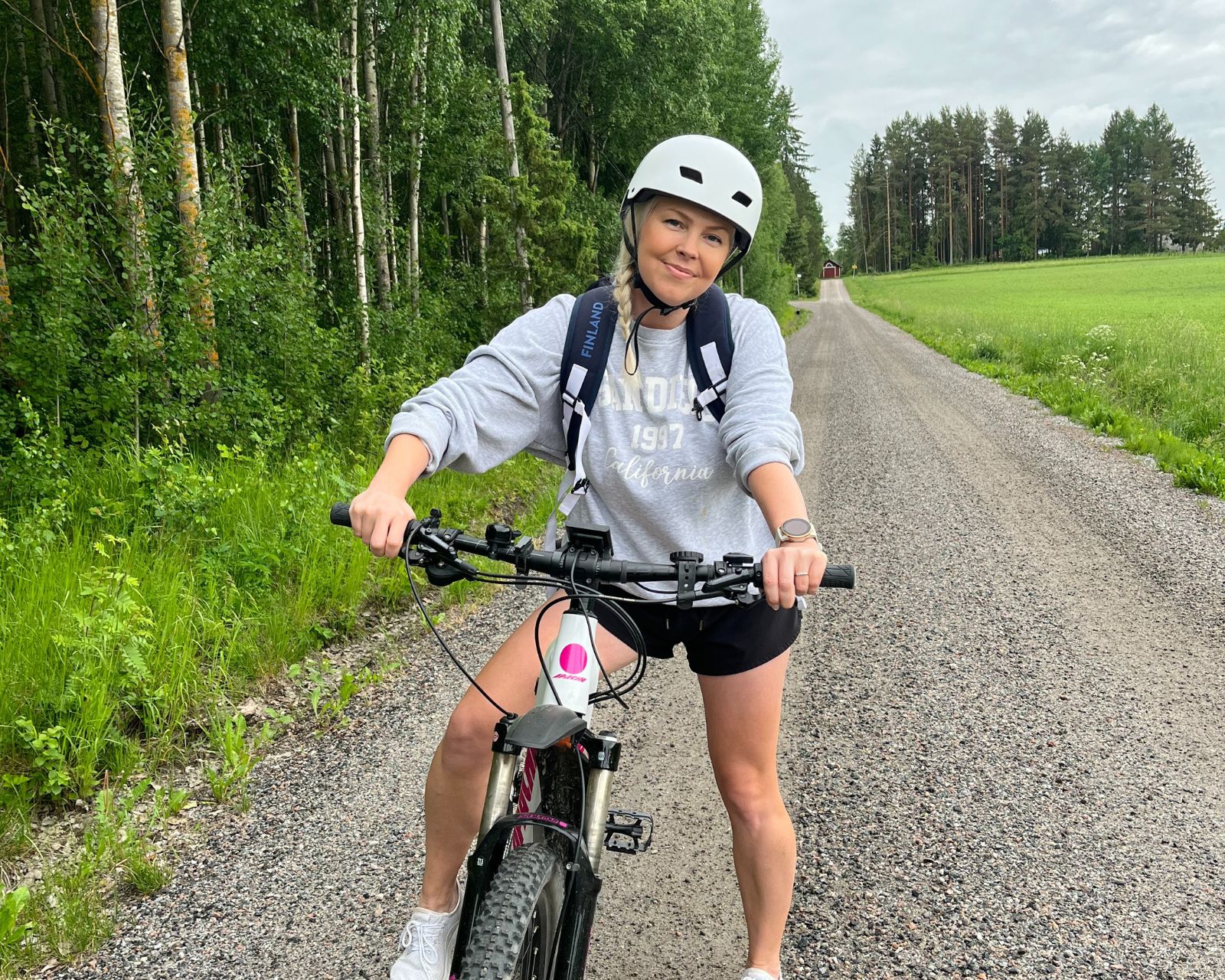Young people who move little need peer guidance and friends

Can we find new approaches to increase young people’s movement and mental well-being by involving the young people themselves?
I have seen up close how young people who move little struggle with loneliness and immobility. It is easy to read studies and report statistics, but in real life the situation is more complex. We have a lot of information about young people’s movement and well-being, but we have not yet found a functional solution to overcome immobility and loneliness.
Research shows a grim picture of young people’s immobility and its effects on functional capacity and mental well-being. More and more young people are moving less than recommended and perceive their health as mediocre or poor. Every fourth young man is in poor physical condition at the start of his service, and the lack of friends is often cited as the reason for immobility.
Effects of loneliness
Loneliness is a key factor in the mental health crisis of young people. According to HelsinkiMission, about 14% of young people experience constant loneliness. The connection between loneliness and immobility shows the need for physical peer activities. When a young person does not find friends, they also move less – and when they move less, they do not find friends. This cycle must be broken.
In a survey by The Finnish model for leisure activities, one in six young people said they wanted to act as a guide or peer to other young people. This information is encouraging and gives hope. It is important to recognize that young people themselves want to be part of the solution. They have the enthusiasm and potential to act as peer guides, but we must give them the opportunity and support to do so.
The target group typically lacks a physical activity identity and has challenges with functional ability. Traditional physical activities do not reach them. Therefore, new approaches are needed – ways that value all kinds of movers and forms of movement. Peer guidance can be the missing piece that encourages young people to move. When a young person sees another young person moving, they realize that physical activity does not have to be performance or competition, but can be fun together and overcoming oneself in small steps.
Power of peer activities
When I travel around Finland among young people, I have seen how peer guidance can bring young people experiences of success and increase self-esteem. Youth-led activities are often more effective than those led by adults/professionals. Young people just speak the same language as other young people. Moving with peers creates a sense of belonging and supports a sense of safety and an accepting atmosphere. When young people encourage each other and share the joy of movement, their mental well-being improves and their physical condition enhances.
Our task as adults is to enable this peer activity. We need places and spaces where young people can gather freely and safely. We must also support young guides with training and resources so that they can carry out peer guidance in the best possible way.
Movement brings joy and strengthens social relationships. Peer guidance and the encouragement of friends can play a crucial role in increasing young people’s movement and well-being. Let’s give young people the opportunity to be part of the solution and support them on the journey towards a more active and happier life.
Satu Rathgeber
Planner
Sport and physical education
Lasten ja nuorten keskus ry
